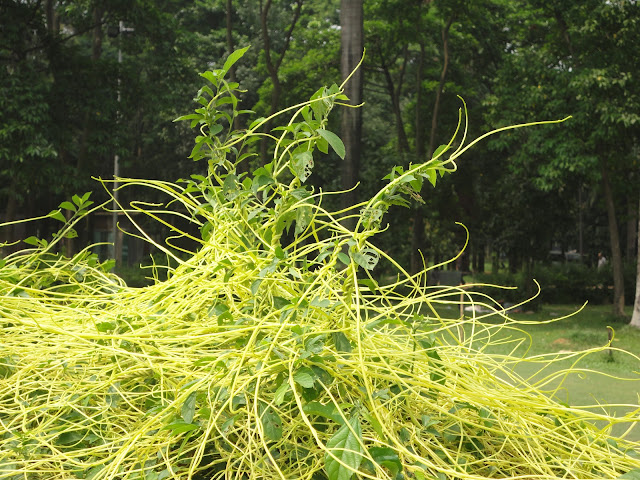Daruhoridra, Narrow-leaf morinda, Morinda angustifolia

Daruhoridra or Narrow-leaf morinda ( Morinda angustifolia , family: Rubiaceae) is a shrub or small tree with soft branches attaining a height of 2 to 6 m. The evergreen plant is mostly found in the Shal forests, the Sundarbans and in coastal areas. It is also planted in the garden and parks. Indian subcontinent and China are its original home. Leaves are dark green, lanceolate, dented, 10-30 cm long and 4-5 cm wide, tip pointed. Flowers are showy, pure white, scented, tubular in the lower part, clustered on head inflorescence. Sepals 5, petals 5. flowering occurs throughout the year. Fruits are very peculiar, composite. Each fruit seems to have one eye! The fruits become purplish when ripe. Propagation of the plant is caused by cutting and seed. The plant has medicinal quality and used in asthma, common cold, vomiting and dysentery. It is also used to cure wound and regain energy. Bark and root are used in urinal problems. A kind of yellow color



